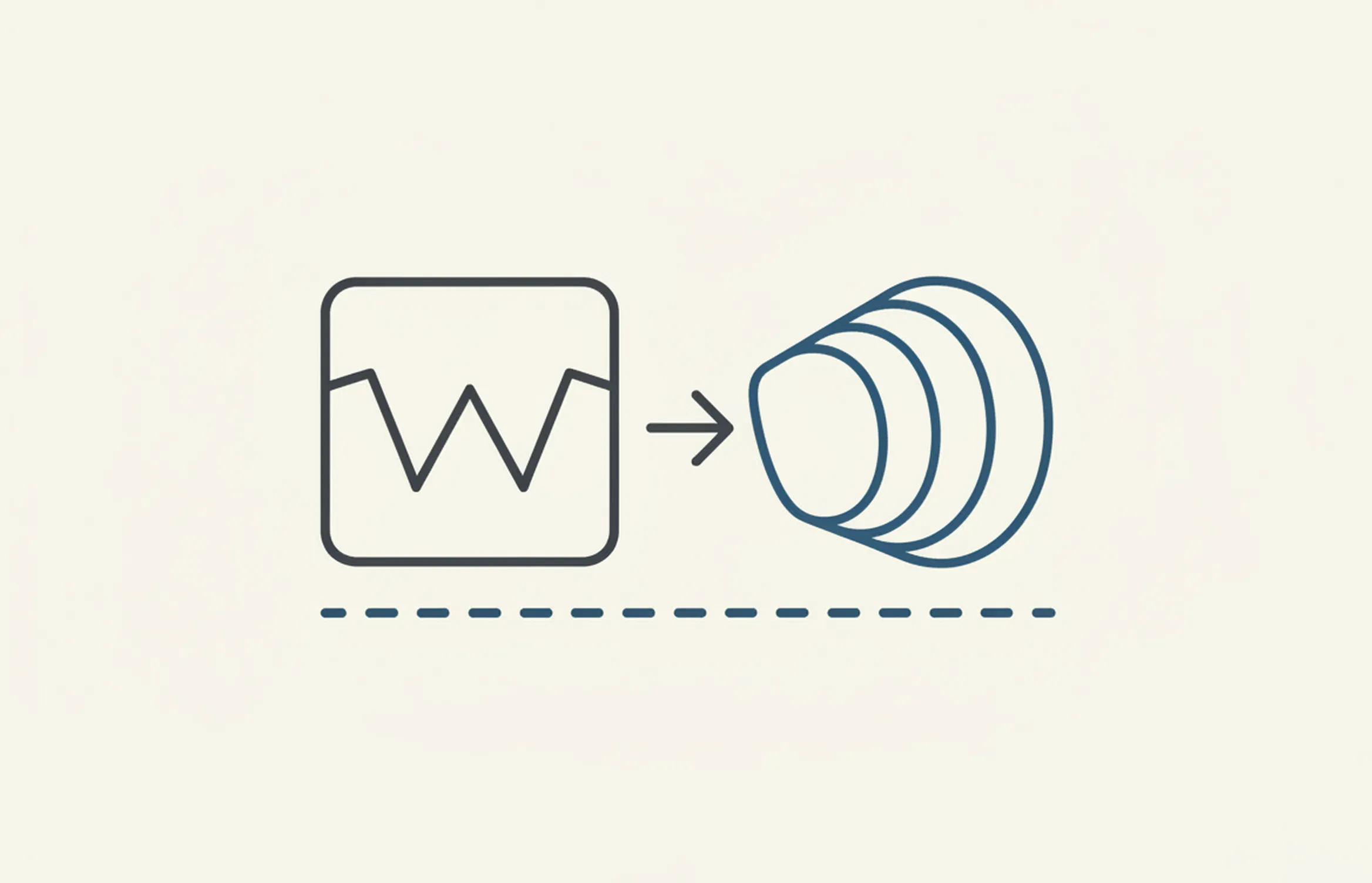It's important to keep your Invisalign aligner clean, not only to prevent bacteria and plaque from building up but also to prevent staining. After all, the primary benefit of Invisalign over traditional braces is how inconspicuous they are, so you don't want to ruin that look with stains and discolouration.
There a few home cleaning methods to choose from, but are they all safe? Read on to find out if hydrogen peroxide is a suitable cleaning agent for aligners.
Using Hydrogen Peroxide to Clean Invisalign Aligners
Hydrogen peroxide is a safe and effective way to clean Invisalign aligners, but only when used correctly.
Soak your aligners in a solution of one part water and one part hydrogen peroxide for around half an hour. It's essential to use lukewarm water as hot water can warp the aligners, meaning they will no longer fit properly and won't realign your teeth. Common household hydrogen peroxide is fine to use, but make sure the concentration is no more than 3%.
After removing your aligners from the cleaning solution, rinse them in clean water and gently use a soft toothbrush to remove any plaque or food particles.
Alternative Cleaning Methods
There are several other payment options you can choose from to pay for Invisalign. Your employer and their policies will affect your choices. Take a look at what's available to you after you go through these alternative options.
A solution containing equal parts warm water and white vinegar is also a useful way to clean your Invisalign aligners. Simply soak them for 15 to 30 minutes before rinsing them and gently brushing them clean.
Another effective way to keep your aligners clean is to use a soft toothbrush to brush them in cold water with a gentle, unscented liquid soap.
Retainer-cleaning products (such as Retainer Brite) are an excellent way of keeping aligners free from bacteria and preventing them from becoming foggy or white.
General Tips for Taking Care of Aligners
Using one of the above cleaning methods at least once each day is a good way to keep your Invisalign aligners clean and looking great, but there are some more steps you can take (and some things to avoid) to ensure your aligners remain free from plaque and stains.
Make sure to rinse your aligners every time you take them out – this will prevent plaque from forming and remove any saliva.
General oral hygiene is also crucial when using aligners. Always brush and floss your teeth twice every day, and ideally immediately before you put the aligners back in your mouth. This will prevent any food particles from becoming stuck inside the aligners and pushed against your teeth, which can lead to tooth decay.
When you have removed your aligners to eat, always store them in their case. If the aligners are left exposed to the open air, they are more likely to accumulate a build-up of bacteria.
Finally, always remove your Invisalign trays when eating – the aligners are not designed to endure the pressure of chewing and so could become warped or damaged. Furthermore, food particles can become trapped in the trays, which can lead to problems such as tooth decay and the staining of your aligners.
Keeping your Invisalign aligners clean and in excellent condition during the treatment process will ensure you end up with straight teeth and a perfect smile, we hope these tips will help you on the way.
Sources and References
-
[1]
The Effectiveness of Different Cleaning Methods for Clear Orthodontic Aligners: Impacts on Physical, Mechanical, and Chemical Properties—An In Vivo StudyPolymers (Basel)https://pmc.ncbi.nlm.nih.gov/articles/PMC12197108/
-
[2]
Home Biofilm Management in Orthodontic Aligners: A Systematic ReviewDentistry Journalhttps://pmc.ncbi.nlm.nih.gov/articles/PMC11506732/
-
[3]
Antimicrobial Activity of Various Disinfectants to Clean Thermoplastic Polymeric Appliances in OrthodonticsPolymers (Basel)https://pmc.ncbi.nlm.nih.gov/articles/PMC9183154/
-
[4]
Long-term effects of different cleaning methods on copolyester retainer propertiesAngle Orthodontisthttps://pubmed.ncbi.nlm.nih.gov/30080124/
All sources accessed and verified on . Medical information reviewed for accuracy and compliance with current guidelines.
Related Articles

Can I Put Whitening Gel In My Invisalign Trays?
Comprehensive guide to using whitening gel with Invisalign aligners, including safety considerations, effectiveness, and alternative whitening options

Drinking Alcohol With Invisalign
What You Need To Know About Aligner Staining (ΔE* 27.81 After 7 Days Coffee, 45.5% Full Compliance)

Inman Aligner vs Invisalign
Compare Inman Aligners and Invisalign orthodontic treatments including effectiveness, treatment duration, cost, and which option is best for your needs

How Much Does Invisalign Cost in the UK?
Comprehensive guide to Invisalign invisible braces including costs, treatment process, eligibility, and what conditions can be treated

Can Invisalign Cause Gum Damage?
Comprehensive guide to Invisalign and gum health, including gingival recession risks, periodontal benefits, and how clear aligners compare to traditional braces

How Much Does Invisalign i7 Cost?
Comprehensive guide to Invisalign i7 clear aligner system for minor crowding and spacing issues, including treatment process, benefits, and costs (£1500 for full treatment)

Can You Get Invisalign On The NHS?
Complete guide to NHS orthodontic treatment, Invisalign eligibility criteria, the Index of Orthodontic Treatment Need (IOTN), and private treatment options
About The Dental Guide
The Dental Guide is a trusted online resource providing evidence-based information about dental health, treatments, and procedures. Our content is created and reviewed by qualified dental professionals to help you make informed decisions about your oral health.
Our Mission
- Evidence-based dental information
- Expert-reviewed content
- Clear, accessible explanations
- Latest treatment options
- Patient-focused guidance
Editorial Standards
- GDC-registered dental professionals
- Peer-reviewed sources
- Regular content updates
- Medical accuracy verification
- Transparent authorship
Important Notice
The information on The Dental Guide is for educational purposes only and should not replace professional dental advice. Always consult with a qualified dentist for diagnosis and treatment recommendations tailored to your individual needs and circumstances.
Medically Reviewed
Reviewed by Dr. Nasim Mechoui , BDS (Bristol)
Share this article
Comments & Discussion
Have questions about dental implants? Share your thoughts or experiences.
